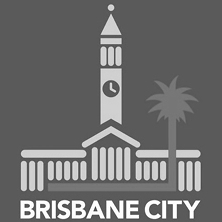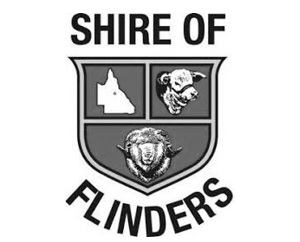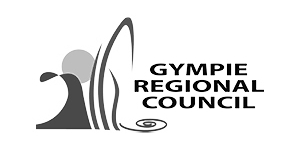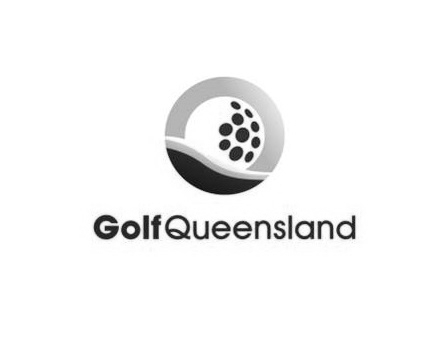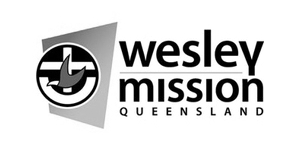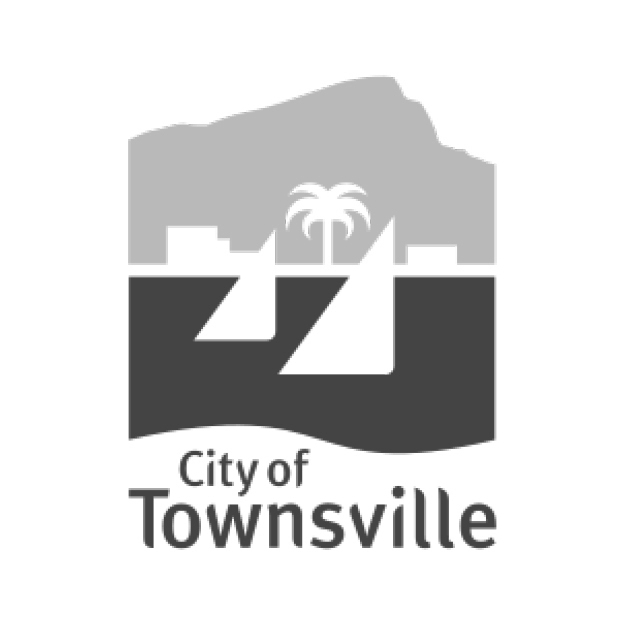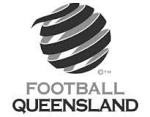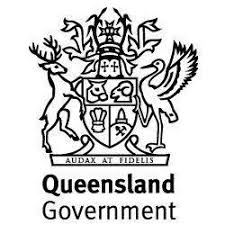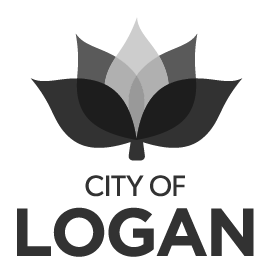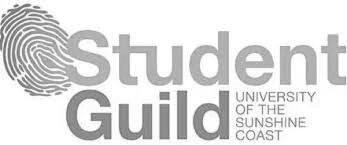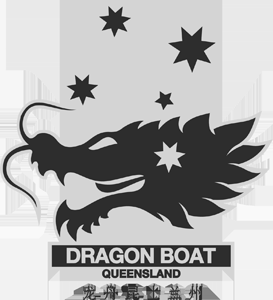Infrastructure Planning Implications in a Post-COVID-19 Context
How will our recovery from COVID-19 impact the way that Councils and peak bodies plan sporting Infrastructure Planning Implications in a Post-COVID-19 Contextinfrastructure in Australia?
The rapid spread of COVID-19 and its official declaration as a pandemic blindsided sport in Australia. It shut down our sports fields, tracks, pools, courts and indoor venues and put the handbrake on our country’s professional competitions.
While the impacts on players, parents, volunteers and administrators in sport have been well documented, what lessons can we learn to improve sports infrastructure planning into our post-pandemic future? How can we apply what we learn during the shutdown to make better decisions for upcoming master plans and broader sport and recreation planning?
These will be critical questions for sports and open space planners, as well as club volunteers hoping to use grant funding to capitalise on development opportunities when sport kicks off again in Australia.
While the way a site functions should remain the most important focus during planning projects (see Form or Function – which is more important?; https://www.linkedin.com/pulse/form-function-which-more-important-michael-connelly/), I believe that future master planning projects will need increased attention on the following issues to accommodate the new ‘normal’ for post-COVID-19 sport and recreation facilities.
Sanitation facilities – Dealing with the COVID-19 pandemic has taught people the importance of hygiene, but some parks still don’t provide the ability for users to wash their hands. For example, many local parks have small-scale playgrounds, but do not have running water, let alone toilets. Where parks have benches and play equipment that are touched regularly by grubby little hands, facilities that allow people to keep clean could be critical to public health.
Biosecurity – Horse sports operators learned harsh lessons about biosecurity during and after the Equine Influenza outbreak in 2007/08, as anyone ‘trapped’ in Warwick could attest. While it would be ridiculous to plan dedicated biosecurity testing and quarantine areas for rugby league players, improved hygiene will likely be a feature of future change room designs.
Site security – Crime Prevention Through Environmental Design (CPTED) principles already feature in good sport and recreation planning. However the difficulty that some Councils have faced in restricting access to community facilities such as dog off-leash areas, play spaces and shade shelters indicates a need for different types of security. In addition to biosecurity and hygiene considerations, future plans should consider physical hardening, such as innovative ways to ‘lock’ public facilities (e.g. improved bollard designs, discrete post and rail options and removable fencing) to create zoning control. New solutions to formal surveillance, like CCTV integrated into field light tower arrays and pathway lighting, will eventually be standard park inclusions. Casual surveillance by regular recreational users of formal sports parks can be improved by better integrating jogging and cycle path networks with exercise stations, dog off-leash areas, play spaces for different age groups, shade shelters and picnic areas, public amenities, pump tracks and skate parks.
Commercial partnerships – The financial difficulties being faced by some clubs and associations during the COVID-19 shutdown illustrates an opportunity for Councils, through master planning projects, to explore tenure options with commercial providers, not just non-profits. Formalised spaces for commercial activities such as personal training, recreation equipment hire (e.g. SUPs, canoes, bikes), temporary food and beverage outlets or community markets could be set aside in master plans. Indoor spaces for physio offices and even gyms could be planned for sport and recreation land. A further shift to a professionalised sports delivery model could see commercial tenure over fields or courts granted directly to professional providers. For example, where Council-owned or controlled tennis courts are currently leased to an association which then has a commercial arrangement with a coaching business, Council may choose to negotiate directly with the commercial provider, effectively removing the ‘middle man’. Similar arrangements could extend to field sports, accommodating entities like football coaching academies. While now may not be the time to make such significant changes in the way that park tenure is managed, it is a great time for Councils to review their overall philosophy towards making the highest and best use of public land.
Changed multi-use scenarios – When sport starts up again, it may be a case of survival of the fittest. If clubs have not had a suitable business model to see them through the shutdown, there may be opportunities for clubs to merge or amalgamate, or even just better collaborate. This could completely disrupt common tenure practices of Councils, where one organisation may manage multiple sporting codes. Councils that are proactive in reviewing their tenure policies and guidelines are likely to be the most successful in finding efficient solutions to community use of public land.
Integration of organised and social sport – Future facility planning should consider improved integration of traditional, organised sports with non-structured recreation activities in a park or in a region. For example, designs should properly consider activities like ParkRun, as well as recreational activities that organise themselves on social media rather than through formal organisations, like canoeing, cycling, running and even remote controlled car and drone racing. Formally considering the social use of sports fields and courts for activities such as cultural cricket matches or social walking netball would further legitimise these events, which can contribute greatly to local social capital.
Online stakeholder engagement – Stakeholder engagement is a critical element of every facility planning project. The shift to online meetings that has accompanied changes in the ways that people work, with many temporarily working from home, has dramatically increased the uptake of video conferencing and teleconferencing tools. This presents opportunities to stakeholder engagement programs conducted for sports master plans. The efficiency offered by online engagement tools means that master planning projects could include more regular engagement, rather than being limited to a single workshop, drop-in day, open day or town-hall meeting. Coupled with improved use of social media for planning projects, online stakeholder engagement can help capture more and better community feedback as plans develop, rather than only when a detailed draft has been completed. In-person consultation will still be valuable, but can be complemented by increased digital engagement.
Inclusive participation options – The change in approach to post-COVID-19 sports master planning represents an excellent opportunity to formalise the importance of accessible participation spaces and facilities which meet the needs of diverse user groups. Providing participation opportunities for all abilities and people of all age groups, as well as facilities that increase female participation, should be standard practice wherever possible.
2020 could end up looking like a spectacular ‘blip’ in long-term sport and recreation participation trends in Australia. Recognising this early could lead to improved approaches to facility planning and better community outcomes, which could be a wonderful silver lining of the COVID-19 cloud.
Michael Connelly has sustained less sporting injuries preparing master plans than he did during his hockey goal-keeping career. And his sports master plans have led to more success stories than his under 13 hockey team could ever have hoped.

























